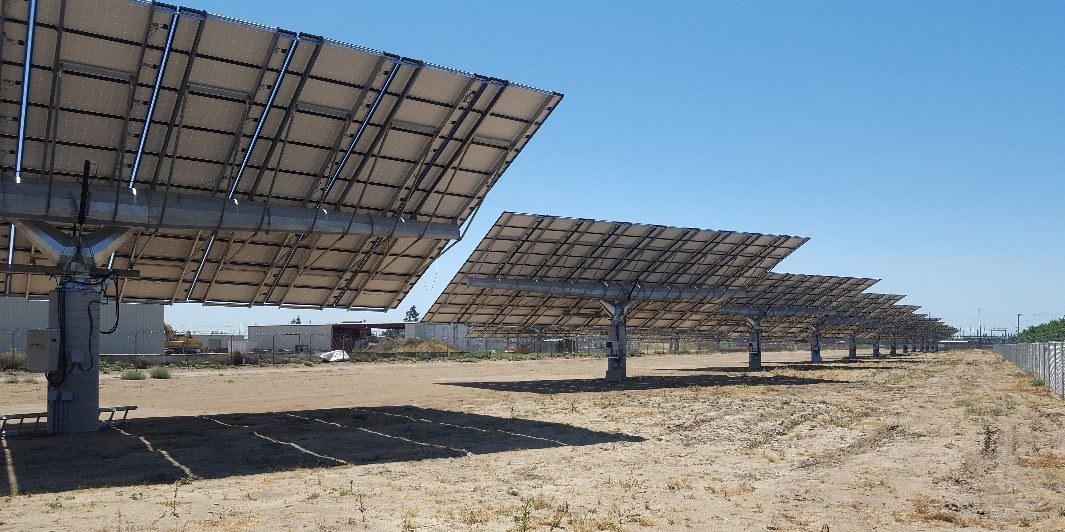SEIA, the Solar Energy Industries Association, has produced an analysis that shows immense harm to the U.S. solar market from the Trump administration’s imposition of tariffs on imported solar modules. SEIA claims that solar tariffs will cost the U.S. more than 62,000 jobs, $19 billion in investment, and 10.5 GW in solar installations.
SEIA’s analysis arrives the same week as the International Trade Commission’s midterm review of the Section 201 tariffs on imported crystalline silicon PV modules. The Thursday review and the SEIA analysis cover the impacts of the tariff from Suniva’s 2017 complaint to its scheduled expiry in 2021. The Commission’s review will result in a report on the effectiveness of the tariff to be sent to the president in 2020.
The trade organization has an unambiguous take on global solar trade: “The U.S. solar market would be much better off without the tariffs.”
On a call with reporters, Abigail Ross Hopper, president of SEIA said, “Our fear is that the administration will make [the tariffs] tougher.” The Section 201 solar tariffs started at 30% in 2018 and ramp down annually through 2021.
Some ideas contrary to the SEIA thesis
If the goal of the import tariffs is to shield American manufacturers while they ramp up production, certainly two years is not enough time to develop a cost-optimized manufacturing operation and local supply chain.
The supposed renaissance in American solar manufacturing is going to need more than two years and a tariff. It will need an actual industrial policy to improve upon the few gigawatts of solar built in the U.S. each year.
Contrary to expectations and despite the tariff and inflated solar module costs, the U.S. solar industry is thriving and growing — with record highs in the utility sector, the one sector most likely to be impacted by module prices.
Despite the distortions of tariffs, the U.S. installed 2.7 gigawatts of solar in the first quarter of the year, the best ever first quarter in the U.S. According to WoodMac Power and Renewables, the U.S. should deploy 13 GW this year, a 25% improvement over 2018.
Challenging the findings of the report, Bloomberg quoted White House adviser and trade expert Peter Navarro as calling the SEIA report “fake news dressed up in academic mumbo jumbo.” Navarro described the SEIA as a “loose confederation of Chinese solar companies seeking to destroy American solar manufacturing jobs and U.S. solar installers that want cheap Chinese panels and don’t care how many American jobs are destroyed.”
This content is protected by copyright and may not be reused. If you want to cooperate with us and would like to reuse some of our content, please contact: editors@pv-magazine.com.








By submitting this form you agree to pv magazine using your data for the purposes of publishing your comment.
Your personal data will only be disclosed or otherwise transmitted to third parties for the purposes of spam filtering or if this is necessary for technical maintenance of the website. Any other transfer to third parties will not take place unless this is justified on the basis of applicable data protection regulations or if pv magazine is legally obliged to do so.
You may revoke this consent at any time with effect for the future, in which case your personal data will be deleted immediately. Otherwise, your data will be deleted if pv magazine has processed your request or the purpose of data storage is fulfilled.
Further information on data privacy can be found in our Data Protection Policy.